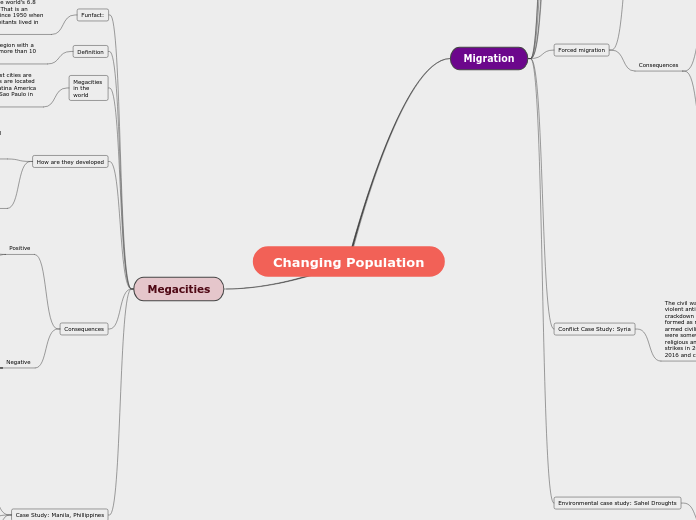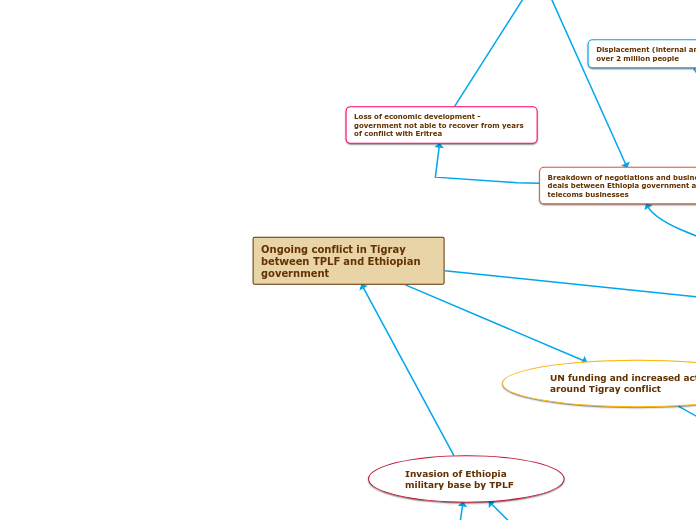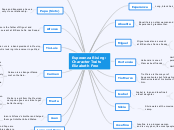Changing Population
Megacities
Case Study: Manila, Phillippines
Negatives
Rate of Population is increasing at an unsustainable rate, where infrastructure cannot keep up.
https://docs.google.com/document/d/1TCmUDs_3UlL2dPd9IfbZ2eCHayhDBAWwL0HSMsXWgUA/edit
Positives
Accounts for 37% of the GDP of the country
Attract foreign investment data entry services from Australia and New Zealand. 1. Have resulted in medical and insurance 2. There are approx 150 call centers as people know English and western traditions. 3. They are good graphic designer’s
Full name: Metropolitan Manila
Manila was the fourth largest megacity in the world in 2017 with a population of 24.1 million
Manila is actually 16 cities merged into one
Manila is a popular outsourcing location for global firms
Negative
Urban sprawl
takes away rich agricultural land and destroys or degrades natural ecosystems.
the spread of the city into surrounding rural areas.
Pollution
Traffick congestion
Lack of housing
No environmental sustainability
The majority of the problems faced by megacities are associated with their speed of growth, especially in the LICs. It is considered that a growth rate of 1% per annum is too fast for infrastructure to keep pace with the demands of a growing population.
Positive
he megacities of today exist because they are interconnected with rich hinterlands, and carry economic influence that attracts growth and foreign capital investment.
With the rise of megacities in the less-developed areas of the world this could mean LICs will become more important in the global economy
How are they developed
service industries developed to support the manufacturing industry and the growing population. These included schools, health services, transport systems and financial sector. As public transport systems developed the cities began to sprawl into the surrounding countryside and urbanization gained momentum.
People gravitate to the cities because the potential for making money is greater there. While most of the economies in rural areas are agriculture-based with little cash flow, in the cities, people may be able to earn cash for work or retail sales.
Improvements in agricultural techniques increased productivity and the result was that many rural farmhands found themselves out of work. So they moved to the industrial cities where manufacturing industry and trade were booming
Megacities in the world
47 megacities around the world. The three biggest cities are Shangai, Jakarta and Tokyo. The most megacities are located in the asian región although there are some in Latina America and Europe such as New York in North America, Sao Paulo in South America and Moscow in Europe
metropolitan region with a population of more than 10 million.
Funfact:
For the first time in human history, more of the world’s 6.8 billion people live in cities than in rural areas. That is an incredible demographic and geographic shift since 1950 when only 30 percent of the world’s 2.5 billion inhabitants lived in urban environments.
Migration
Environmental case study: Sahel Droughts
Over-exploitation of the meagre resources in the area was considered to be the root of the problem for decades. Poor land management was seen as the problem as activities such as overgrazing and deforestation degrade the soil so badly that crops fail and the land becomes useless for agriculture. Nowadays it is being linked to various aspects of climate change
The entire region is poverty-stricken and moving within the country or to a neighbouring country does little to alleviate the issues that migrants face. They move from drought-affected areas to marginal areas that are put under more strain than they can handle, These new areas then become degraded and unable to support the increasing population. The only real hope is international aid but that is usually slow to arrive and generally inadequate.
Conflict Case Study: Syria
The civil war started in 2011 as part of the Arab Spring. Non-violent anti-government protests were met with a violent crackdown by the Syrian government. Armed opposition formed as members of the army defected and were joined by armed civilians, creating the Free Syrian Army. The 'sides' were somewhat complicated owing to a mix of secular, religious and ethnic factions. Outside parties joined in with air strikes in 2015. Fighting intensified around Aleppo City in early 2016 and closed all roads.
Syrians had no choice but to leave their homes because:
- bombings destroyed cities and cut off all communication
- human rights violations were prevalent
- since 2011 nearly 500,000 people have been killed.
- the infrastructure is non-existent: health care, clean water and schooling are severely limited, housing is mostly destroyed and the economy is severely depleted
- children are used as human shields and forced to fight
the frontline is continually changing and civilians are caught in the crossfire.
Consequences for refugees:
In the camps, refugees live in difficult conditions:
- access to clean water is limited or non-existent
- shelter (often tents) is overcrowded
- there is little or no sanitation
- diseases spread in cramped conditions: cholera and diarrhoea are common killers due to the lack of medical services.
Consequences for their destinations:
Turkey
Turkey is home to nearly 3 million registered refugees, 30% of whom live in government-run camps near the Syrian border. The cost to Turkey is estimated at US$8 billion and there has been limited aid from other countries to help Turkey cope. This has lead to significant tensions in the country.
Lebanon
Syrian refugees numbered just over 1 million in Lenanon in 2016 and they are settled throughout the country. There was a feeling that the political system was being undermined and in 2014 the Lebanese government made it much harder for Syrian refugees to renew residency permits. The result is that nearly 70% of Syrians are in Lebanon illegally.
Jordan
In 2016 the World Bank estimated that that influx of Syrian refugees to Jordan had cost the country 6% of its GDP every year (US$2.5 billion). International aid has been unable to offset these costs and Jordan’s debt is 95% of its GDP in 2016, which has crippled economic progress.
Approximately a quarter of government revenue goes to the refugee camps. This has compromised the maintenance and further development of the country's infrastructure causing considerable resentment and tension between the local population and the refugees.
Forced migration
Consequences
Migrant consequences
Malnutrition is a constant problem for refugees and IDPs:
Disease and epidemics are a constant threat.
Refugees lose friends and family when they flee conflict and natural disasters and so they lack social networks and thus support and coping mechanisms.
ften housed in temporary camps where population densities are very high and living conditions poor.
Destination consequences
the majority of the destination countries are LICs, countries that are already struggling with their own development. Refugees depend on assistance from international organisations and local communities and the arrival of thousands (or millions) of refugees is a significant additional burden on any country.
crime rates are elevated in and around refugee camps
refugees may introduce new diseases to an area or reintroduce ones that have been eradicated.
increased pressure on health care and the influx of people can increase the incidence of communicable diseases
social and political tensions.
pressure on public services, infrastructure and the government finances.
Impact on jobs
What is it?
the movement of people from an area where the push factors are so strong that they are beyond the control of the migrants and cannot be ignored.
Internally displaced person (IDP)
are like refugees; they are forced to move but stay within their own country. They move to a different region.
Refugge
migrants who are forced to leave their home countries and cross international borders to seek refuge.
Push factors:
Environmental
Natural disasters, ej. earthquakes, volcanoes, floods, droughts. They lead to permanent or temporary migration of the population.
Chemical
the 1986 Chernobyl nuclear disaster in the USSR displaced people permanently whereas the 1984 Bhopal Union Carbide chemical leak in India displaced people temporarily.
Physical
climate change is causing drought, desertification and sea level rises, all of which are displacing people. For instance, precipitation has decreased in the Sahel region of Africa causing severe droughts, a change attributed to global climate change
Biological
a plague of locusts can devastate vast tracts of crops and eat an entire season's crop; this happened in Egypt in 2014
Economical
- Overpopulation
- Few jobs
- Low wages
- This lack of economic opportunity tends to push people to migrate
migration of Mexicans and people from other Central American countries into the US, where they often work low-wage, long-hour jobs in farming, construction and domestic labour.
Political
- War or civil war
- Political/religious oppression or persecution
- When an ethnic group in power forcibly removes another ethnic or religious group to achieve ethnic uniformity, this is called ethinc cleansing
- Slavery
- When a government makes a decision to move people in the name of development
Types
- over long or short distance
- within a country or across international borders
- permanent, meaning no longer returning
- temporary, meaning going overseas for a few years
- forced
- voluntary
Definition
the movement of people from one place to another.









